Fordzilla80
Ranger Lariat
Good luck Travis.Hope ya get her fixed.
I think your trucks just throwin a fit cause you ain't cleanin the windshield on it.
I think your trucks just throwin a fit cause you ain't cleanin the windshield on it.
sounding more like the map sensor with each post, lol...ok so i checked a few things today real quick. my good friend was with me(one of my gear head friends like me) he saw me step on the gas and saw a whole bunch of smoke pour out from the exhaust and he was like whoa!. so i had him step on the gas and i saw what he saw..my exhaust is smoking like crazy...from FUEL! there is fuel getting dumped into the engine...so much of it that it is going through the engine and not being burned then getting into my exhaust and creating a lot of smoke when i press the gas. SO im going to definitely check my fuel injectors when i get the fuel pressure gauge this week. tomorrow im going to be checking my vacuum lines. wish me luck..
Oh by the way i dont have the 5.0L i have the 4.9L so my cylinder #'s 7 and 8 can burn up and flood all they want haha
LOL..........................

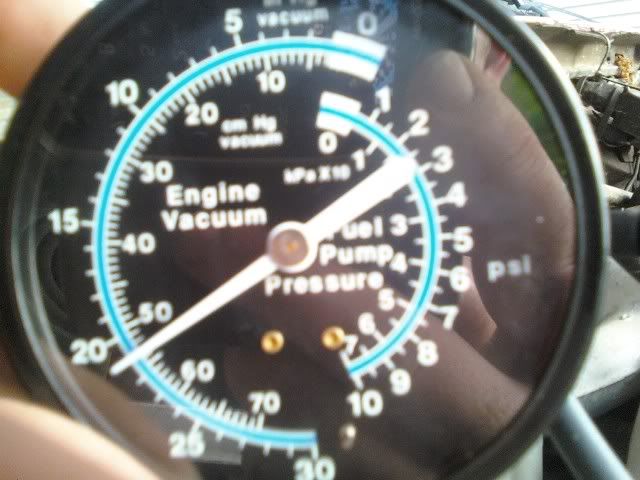
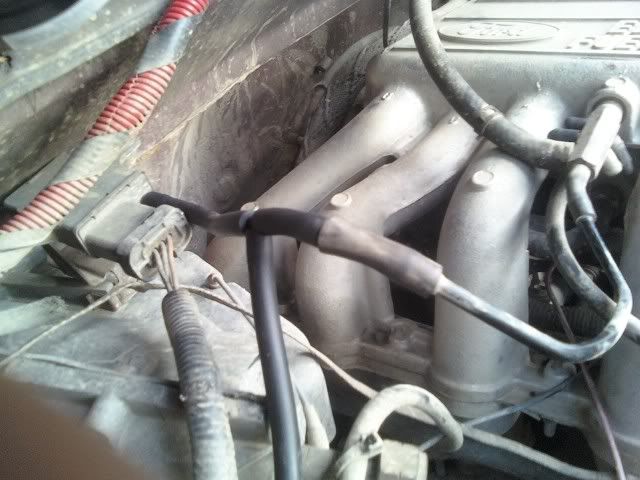


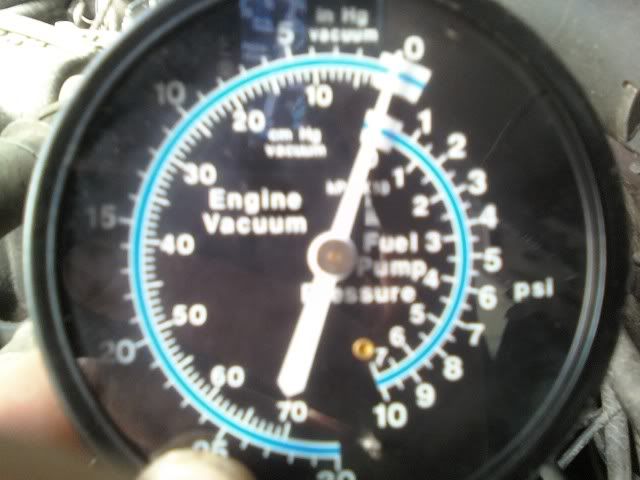
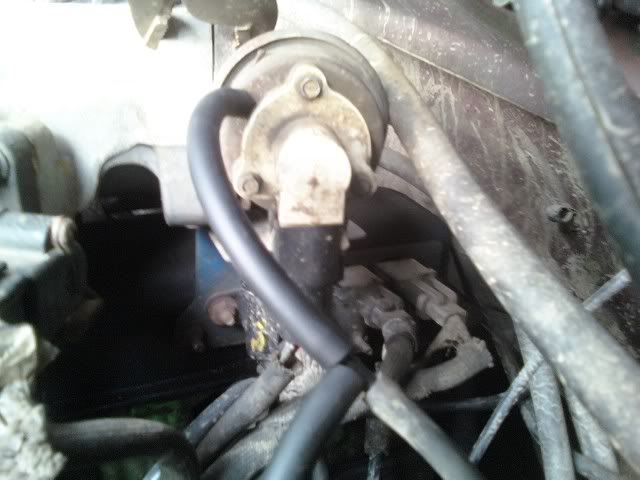
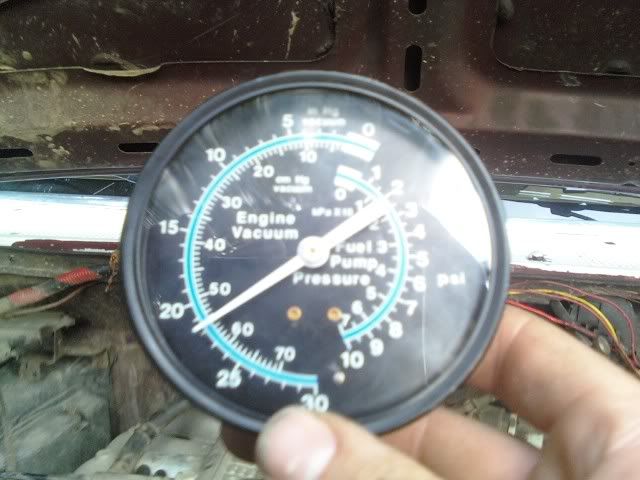





For slaps n giggles check the voltage to the TPS key on truck not running......should be under 1.00V.
 . ill get those results on here this week sometime
. ill get those results on here this week sometime
now i still have the slight misfirebut im chugging away at finding the problem. im going to be replacing my O2 sensor being that it IS ORIGINAL for 1989!...and its cheap enough that i figure it cant hurt it any..only make it better. so we shall see.
does anyone have the specs on the EGR solenoid, the IAC and a more detailed TPS reading? thanks a lot again everyone!